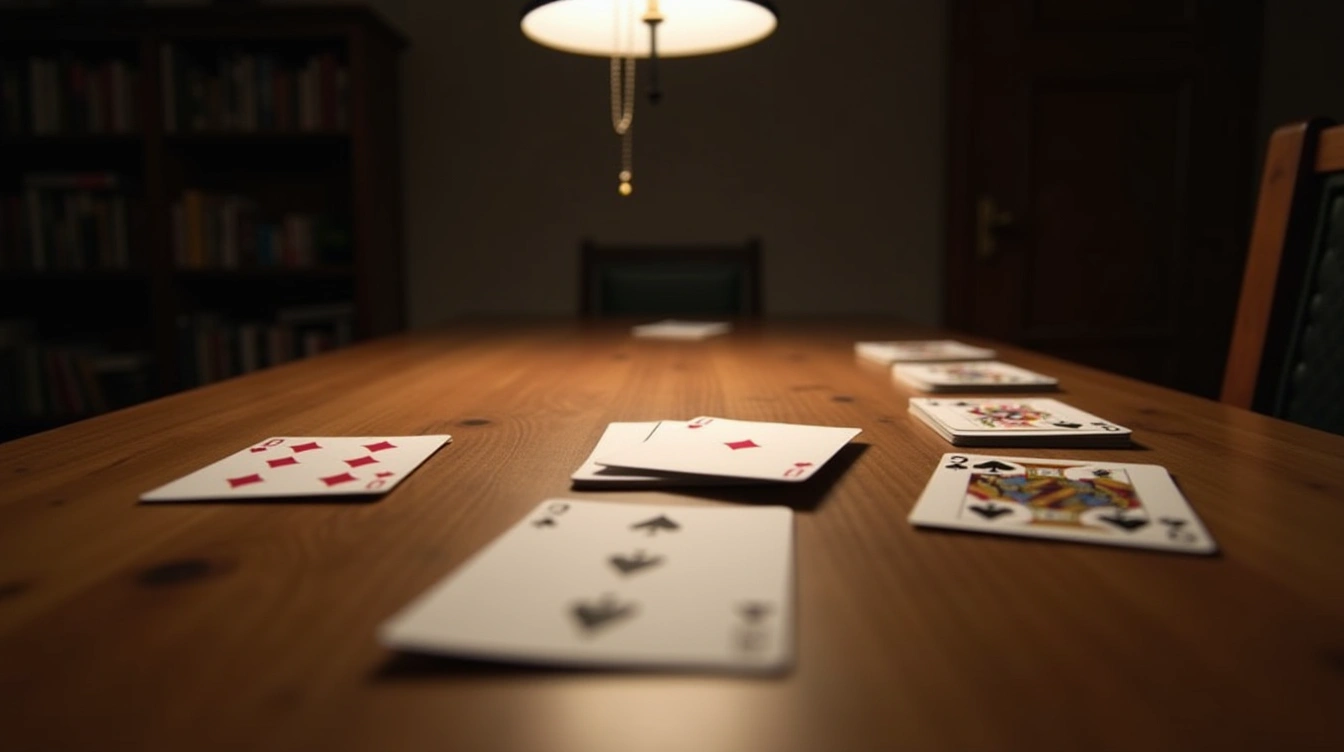Introduction: Mastering the Classic Klondike Solitaire Game
Mastering Klondike solitaire transforms a simple card game into a powerful tool for strategic thinking and mental agility. According to recent data from the American Gaming Association, digital solitaire games attracted over 35 million active players in 2024, making it one of the most enduring card games worldwide. But why do so many players struggle to achieve consistent wins? The answer lies in understanding the hidden patterns and strategic principles that separate casual players from true masters of this classic game.
Understanding the Foundation: Game Setup and Basic Rules
Mastering Klondike solitaire starts with understanding its elegant yet precise structure. The game begins with a tableau of seven columns, where cards are dealt in an ascending pattern. The first column receives one card face-up, the second gets one face-down card topped with one face-up, and this pattern continues until the seventh column holds six face-down cards crowned by a single face-up card.
Your primary objective centers on building four foundation piles in ascending order from Ace to King, with each pile representing a single suit. The remaining cards form your stock pile, which becomes your lifeline when tableau moves are exhausted. You can draw from this stock to reveal new possibilities and keep your game flowing.
Movement follows strict hierarchical rules that define the game’s strategic depth. In the tableau, you can only place cards in descending order while alternating colors – a red Queen goes on a black King, never on another red card. Only Kings can occupy empty tableau columns, making them precious real estate for maneuvering sequences. These foundational rules create the framework within which all advanced strategies operate.
Also to see : Mastering Adaptive Lighting Techniques to Enhance Horror in VR Gaming: Best Practices Unveiled
Essential Winning Strategies for Klondike Card Games
Mastering Klondike solitaire requires more than luck. Strategic thinking and careful planning separate occasional winners from consistent champions. Understanding key tactical approaches transforms your gameplay and dramatically improves your success rate.
The foundation of winning lies in making informed decisions at every turn. Each move should serve a purpose, whether revealing hidden cards or creating opportunities for future plays.
- Prioritize tableau moves over foundation building early in the game. Focus on exposing face-down cards and creating empty columns before moving cards to foundation piles.
- Manage your stock pile strategically by cycling through it methodically. Don’t rush to use every available card from the waste pile immediately.
- Optimize column arrangements by building sequences in descending order with alternating colors. Keep longer sequences intact when possible to maintain flexibility.
- Time card revelations carefully. Sometimes it’s better to wait before flipping cards if current options aren’t optimal for your overall strategy.
- Create empty columns as your top priority. These spaces provide crucial maneuvering room for reorganizing cards and accessing buried sequences.
Remember that patience often yields better results than hasty decisions. Each game presents unique challenges, so adapt these strategies to your specific situation.
Advanced Techniques to Maximize Your Success Rate
Mastering Klondike requires more than basic moves. Sequence analysis becomes your greatest weapon when you learn to visualize multiple card paths before making decisions. Study the tableau carefully, identifying which face-down cards could potentially unlock valuable sequences when revealed.
Strategic foundation management transforms average players into experts. Instead of automatically moving cards to foundations, consider keeping lower cards accessible in the tableau. An Ace or Two might serve you better in play, creating opportunities for longer sequences that expose crucial hidden cards.
When facing apparent dead ends, experienced players employ reverse planning techniques. Work backwards from your goal, identifying which specific cards need to move before others. This mental mapping reveals alternative pathways that weren’t immediately obvious.
Multi-move planning separates novices from masters. Before touching any card, visualize the next three to four moves. This forward-thinking approach prevents you from creating blocks that could trap essential cards later in the game, significantly improving your completion rates.
Common Mistakes That Cost You the Game
Even experienced players fall into predictable traps that turn winning hands into frustrating defeats. The most damaging mistake is rushing your moves without considering the consequences. When you see an available card, resist the immediate urge to place it. Take a moment to evaluate whether this move opens better opportunities or blocks future plays.
Poor tableau management destroys countless games before they truly begin. Players often build sequences without planning how to expose hidden cards underneath. Always prioritize moves that reveal new cards, especially in columns with fewer face-down cards. Moving a King to an empty space might feel productive, but it’s often better to wait for a sequence that uncovers multiple hidden cards.
The foundation piles create another common pitfall. Many players automatically move Aces and low cards to foundations immediately. However, keeping certain cards in play maintains flexibility for building sequences. A Two or Three might be more valuable in your tableau than locked away in a foundation, especially early in the game when you need maximum maneuverability.
Developing Your Skills: Practice Methods That Work
Mastering Klondike solitaire requires consistent practice and thoughtful analysis of your gameplay. The most effective approach combines regular playing sessions with strategic review of your moves and decisions.
Start each practice session by playing at a comfortable pace, focusing on understanding the board state before making moves. Avoid rushing through turns, as hasty decisions often lead to missed opportunities. After completing each game, take a moment to analyze critical moments where alternative moves might have yielded better results.
Gradually increase the difficulty by challenging yourself with time constraints or attempting to complete games with fewer moves. This progression builds both speed and efficiency in your decision-making process. Keep track of your win rate and identify patterns in games you lose versus those you complete successfully.
The key to improvement lies in recognizing recurring scenarios and developing instinctive responses to common card arrangements. With dedicated practice and honest self-assessment, you’ll notice significant improvement in your strategic thinking and overall success rate at Klondike solitaire.
Your Questions About Klondike Mastery
What are the best strategies to win Klondike solitaire every time?
Focus on uncovering hidden cards first, build foundations evenly, and avoid moving cards to foundations too early. Always check multiple move options before committing to ensure maximum flexibility for future plays.
How do you increase your chances of winning at Klondike?
Prioritize tableau moves over foundation building, keep high-value cards accessible, and maintain empty columns when possible. Think several moves ahead rather than making the first available move you see.
What moves should I prioritize when playing Klondike solitaire?
First priority: reveal face-down cards. Second: create empty columns for Kings. Third: move cards between tableau piles strategically. Foundation building should come after maximizing your tableau options.
Are there any secret tricks to master Klondike card game?
Use the color alternation rule strategically, count cards to predict stock pile contents, and remember that sometimes not moving a card immediately creates better future opportunities.
Why do I keep losing at Klondike and how can I improve?
Common mistakes include rushing to foundations, not planning ahead, and ignoring tableau organization. Practice patience, analyze each position carefully, and focus on creating multiple move options simultaneously.











